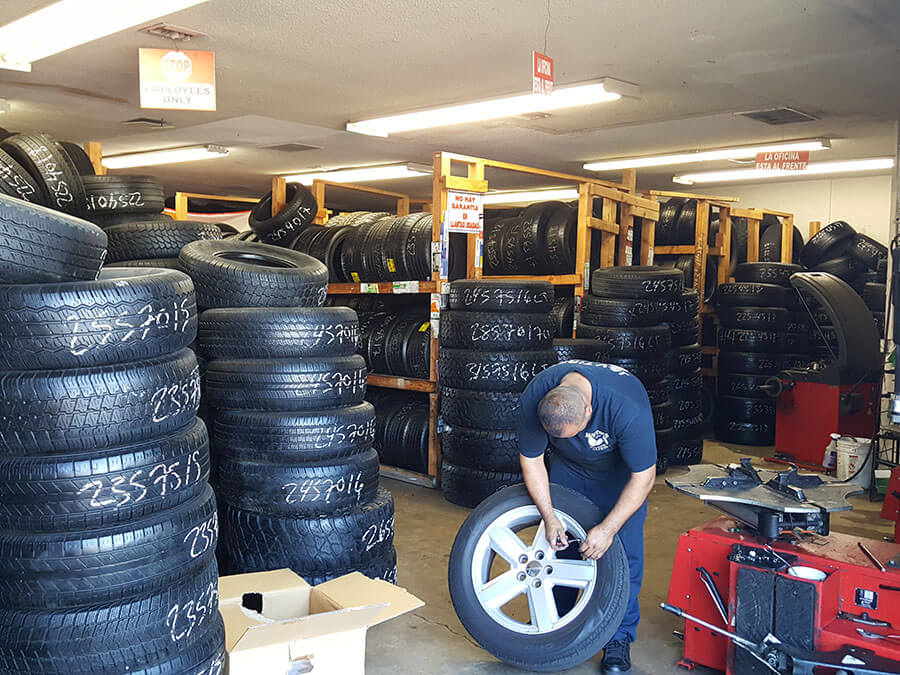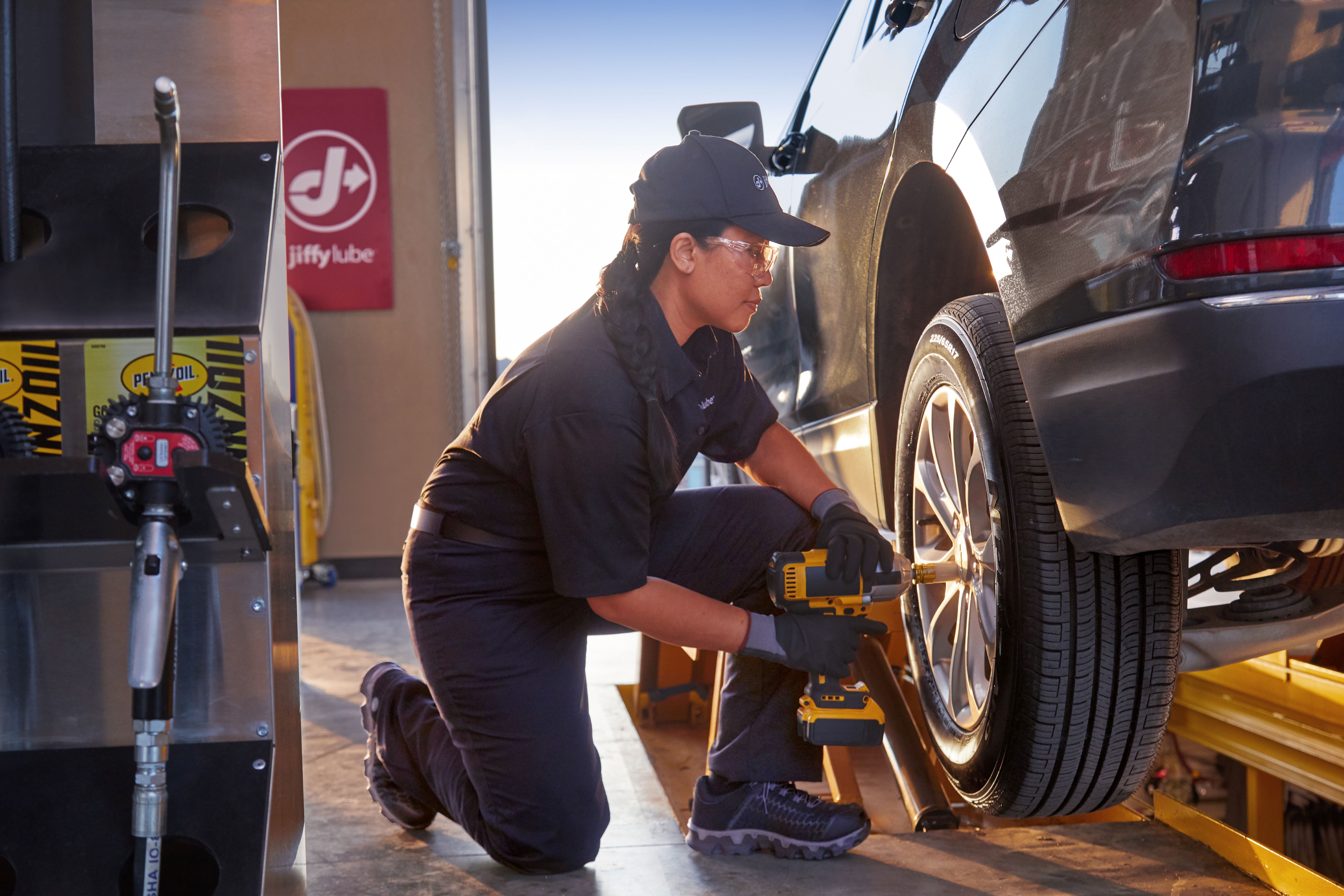Reputable Tire Shop Morris: Your Destination for High Quality Tires and Services
Reputable Tire Shop Morris: Your Destination for High Quality Tires and Services
Blog Article
Tire Service: The Influence of Weather Condition Problems
When it comes to guaranteeing ideal efficiency and safety and security on the road, recognizing the impact of weather condition problems on tire service is important. In this conversation, we will discover the intricate relationship in between climate problems and tire service, losing light on the importance of weather-specific tire maintenance techniques and factors to consider.
Warm and Tire Efficiency
When exposed to high temperatures, tires experience adjustments in efficiency that can dramatically influence vehicle security and handling. The warm created from prolonged driving or hot climate conditions triggers the tire rubber to soften, bring about minimized tread life and boosted wear. As the rubber ends up being softer, the tire's grip when traveling reduces, impacting braking ranges and overall traction. In extreme cases, extreme warm can also cause tire blowouts, posing a severe safety and security risk to the lorry and its residents.
Furthermore, heats can accelerate the procedure of tire aging, causing the rubber to deteriorate faster. This can cause cracks, protrudes, and other types of damage that endanger the architectural stability of the tire. To mitigate the results of heat on tire efficiency, drivers must on a regular basis examine their tire pressure, rotate tires to ensure even use, and check for any kind of indications of damages. Additionally, making use of tires especially developed to endure heats can help preserve ideal efficiency and security when driving.
Cold Weather Impacts
Cold weather conditions can have a considerable impact on tire efficiency and safety and security. In cool weather, tires may also shed air pressure more quickly, which can impact managing and gas effectiveness.
To minimize the effects of chilly climate on tires, it is crucial to on a regular basis examine tire pressure and inflate them to the manufacturer's recommended levels. Using winter or all-season tires developed for chilly climate problems can additionally boost traction and hold on icy or snowy roads - discount tires morris il. Correct tire upkeep, consisting of regular evaluations for wear and damage, becomes much more vital throughout chillier months to guarantee ideal performance and safety
Rainy Conditions Impact
Throughout rainy problems, tire efficiency and safety can be substantially influenced by the damp roadway surface areas and lowered visibility. The walk pattern of tires plays an essential function in maintaining grip on damp roads. Tires with worn-out treads are a lot more prone to hydroplaning, where a layer of water constructs up morris tire and alignment between the tire and the road surface area, bring about loss of traction. To battle this, vehicle drivers must frequently evaluate their tires for ample walk deepness and take into consideration purchasing tires specifically developed for wet problems.

Snow and Tire Security
When driving in snowy problems, having the best tires can make a substantial difference in safety and security and performance. Winter months tires are created with special rubber compounds and step patterns to offer better grip on snow and ice compared to all-season tires.
Along with using winter months tires, it is critical to ensure they are appropriately inflated. Winter can cause tire pressure to go down, affecting grip and handling (tire shop morris). Consistently checking and preserving the right tire stress is necessary for optimal performance in snowy problems

Weather-Related Tire Upkeep
Weather-related tire upkeep incorporates an array of practices aimed at guaranteeing ideal tire function and durability in different weather condition situations. One crucial facet of weather-related tire upkeep is tire stress law. Inspecting tire tread frequently and changing tires when step wear gets to a particular deepness is crucial for preserving traction and stability in negative weather condition.
Final Thought
To conclude, weather have a substantial influence on tire performance and safety. From warmth influencing tire pressure and wear to winter minimizing traction, it is vital to consider the climate when keeping and making use of tires. Stormy problems can reduce grip and bring about hydroplaning, while snow can boost the danger of accidents if tires are not appropriately furnished. Weather-related tire maintenance is crucial in ensuring optimum efficiency and security when driving.
In this conversation, we will check out the intricate connection in between weather problems and tire service, dropping light on the relevance of weather-specific tire maintenance practices and considerations.

Report this page